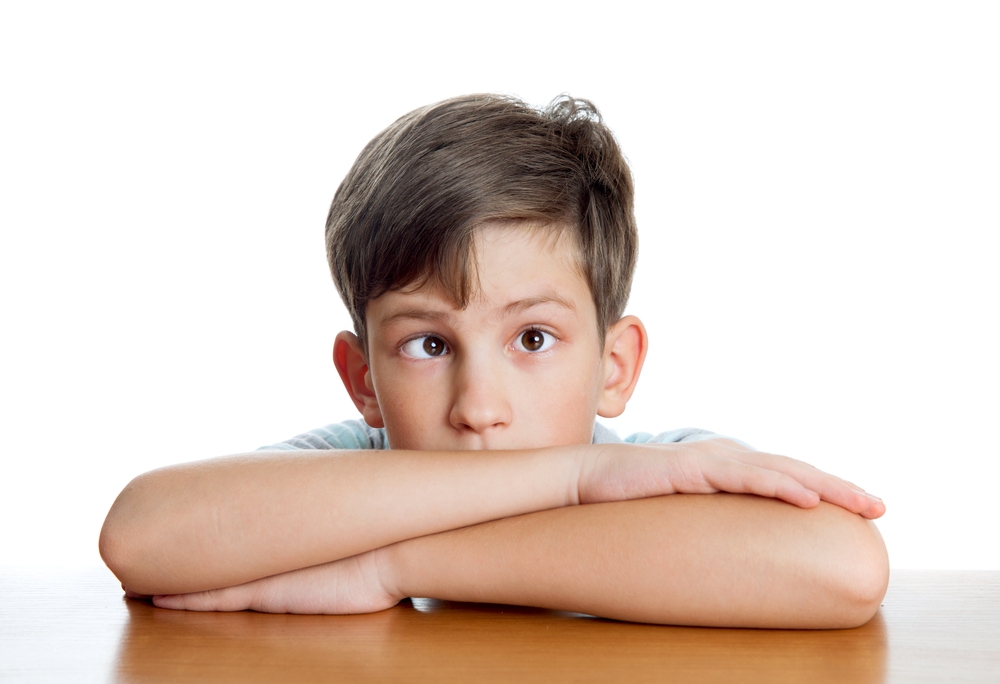Some of the most common conditions children can experience are a lazy eye and strabismus. These conditions can worsen their vision, making it harder to learn and play. If your child has a lazy eye, is it the same as having strabismus?
Continue reading to learn more about these conditions, including what they are, how they develop, and if they’re the same.
What Is Lazy Eye?
Lazy eye is the more commonly known name of amblyopia, where weaker vision or vision loss occurs in one of the eyes due to an uncorrected prescription in childhood. The brain requires 2 clear images from the eyes to interpret visual information.
Poor or blurry vision from one of the eyes can cause the brain to begin to ignore the information coming from the weaker eye. The brain uses this eye less with time, causing a lazy eye.
How Does Lazy Eye Develop?
The cause of a lazy eye is the lack of connections between the eye and brain. The brain uses the affected eye less and less with time, making vision worsen in this eye.
Glasses can’t address amblyopia because the problem isn’t only with the eyes. Your child has to use their weaker eye to strengthen it and improve this condition.
What Is Strabismus?
Strabismus is an eye muscle condition where the eyes aren’t aligned, causing one or both eyes to turn inward, outward, up, or down. Your child’s vision is affected because the eyes cannot work together well, leading to double vision or the suppression of images from one of the eyes.
This condition typically affects children under 6, making regular eye exams important as your child grows up.
How Does Strabismus Develop?
The brain requires a single image to interpret information from the eyes. The eyes have to work together to combine the images they see into a single picture the brain can understand. This visual skill is known as eye teaming or binocular vision.
Binocular vision develops during the first 6 to 8 years of your child’s life, but complications can arise. If the muscles surrounding your child’s eyes don’t learn to work together, it can lead to strabismus.
Is Lazy Eye the Same as Strabismus?
Amblyopia and strabismus aren’t the same conditions because they affect the eyes differently. Amblyopia occurs due to issues with the connection between the eye and brain, while strabismus is an eye muscle condition. However, these conditions do relate to each other.
Your child can develop amblyopia due to a difference in prescriptions or when strabismus is present. The muscle imbalances of strabismus can cause the eyes to struggle to work together, leading to the brain ignoring images from one of the eyes.
Treating Lazy Eye & Strabismus
Amblyopia and strabismus can significantly affect your child’s vision. They require effective treatments to improve vision and help the eyes work together.
Your eye doctor will typically treat any underlying conditions affecting the eyes when addressing amblyopia. The next step is to train the brain and force it to use the weaker eye, helping improve the eye’s vision. They may recommend an eye patch or eye drops to make the brain use the weaker eye to see.
Treating strabismus involves reducing or eliminating eye turning. The best treatment for your child depends on the severity of their condition.
Some people may only need glasses or contact lenses to treat strabismus. Other people may require surgery to alter the muscles around the eye or thick prism lenses to reduce the amount of turning the eye must do to see.
Another effective treatment option for both conditions is vision therapy, a science-based program to improve the visual skills your child needs for everyday life.
Vision Therapy
Even though amblyopia and strabismus are different conditions, both can benefit from vision therapy. Vision therapy is a personalized training program designed to improve the visual skills your child needs for learning. The exercises your optometrist chooses for your child help them improve the connection between their eyes and brain.
Your optometrist will recommend different treatments depending on if your child has amblyopia or strabismus.
Lazy Eye
Vision therapy treatments for amblyopia focus on improving how the eyes work together. Your optometrist will recommend exercises to help the eyes focus together, fixate on a specific object in space, change focus between different objects, and track moving objects.
It’s best to treat amblyopia as early as possible, but this condition is treatable in children as old as 17.
Strabismus
Vision therapy for strabismus can often help the eyes function effectively again. The exercises help your child improve their eyes’ ability to work together as a team. Like amblyopia, this condition is much easier to treat at a young age.
Vision Therapy Can Help Improve Your Child’s Vision
Amblyopia and strabismus can significantly affect your child’s vision, making it harder to interact with the world around them. These conditions can develop when your child is young, but early action can help address these issues and improve your child’s vision. Your eye doctor can recommend vision therapy exercises to help your child’s eyes work together as a team. Contact your optometrist if you’re interested in vision therapy for your child.



